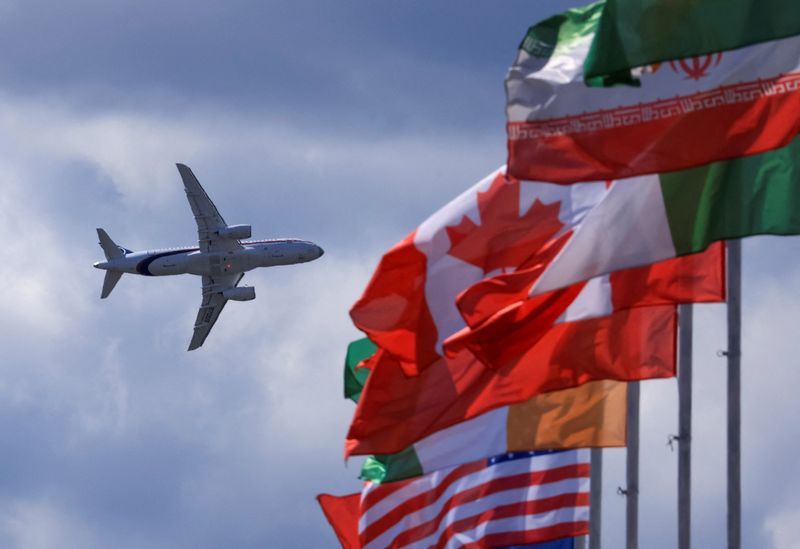Written by Gleb Stolyarov and Alexander Marrow
(Originally reported by Reuters) – Amid Russia’s economic growth driven by the war effort and rising wages, there has been a surge in air travel. Despite Western sanctions, Russians are traveling to domestic holiday destinations or countries that are still welcoming them.
However, the booming demand for air travel is putting a strain on Russia’s civil aviation sector, which is struggling due to a shortage of planes.
The sanctions have disrupted the supply of planes and parts, leading to a situation where Russia cannot keep up with the increasing demand for flights. As a result, Moscow has had to seek assistance from neighboring countries to operate some domestic routes.
While Russia has boasted about its economic resilience in the face of sanctions, the country’s reliance on Western planes underscores the challenges it faces in reducing Western influence and developing its domestic industries.
With most of Europe’s airspace closed to Russian carriers, travelers are now flocking to domestic routes and countries that have not imposed sanctions, such as Turkey, former Soviet countries, and the United Arab Emirates.
Popular tourist destinations like Egypt, Thailand, and China have seen an increase in visitors compared to pre-pandemic levels, while the number of passengers flying to Europe has significantly declined.
Despite the rebound in Russia’s retail sales and consumer demand, the aviation industry is struggling to meet the growing need for air travel.
Approximately 80% of Russia’s fleet consists of foreign-made planes, with Airbus and Boeing accounting for two-thirds of the total fleet.
Russia’s production of new commercial aircraft has been hampered by delays, with the introduction of the MS-21 airliner pushed back to 2025-2026.
As Russia faces challenges in maintaining its Airbus fleet due to engine issues and sanctions, the country has turned to Central Asian countries, India, and China for assistance in operating domestic routes.
Russia has allocated significant funds to the aviation sector post-invasion, with the goal of producing over 1,000 aircraft by 2030. However, the country’s dependence on foreign assistance for its aviation needs is becoming increasingly evident.
As Russia strengthens its ties with China for trade and support, air travel is becoming a key area of collaboration between the two nations.

“China is expanding its presence significantly,” said aviation expert Oleg Panteleev. “Russian tourists are starting to rediscover China.”
($1 = 113.1455 Russian rubles)

